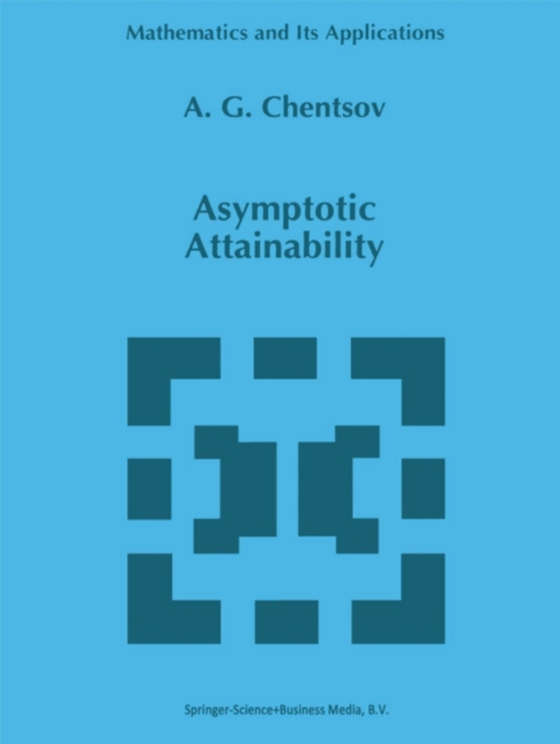
Asymptotic Attainability e-bog
1550,91 DKK
(ekskl. moms 1240,73 DKK)
In this monograph, questions of extensions and relaxations are consid- ered. These questions arise in many applied problems in connection with the operation of perturbations. In some cases, the operation of "e;small"e; per- turbations generates "e;small"e; deviations of basis indexes; a corresponding stability takes place. In other cases, small perturbations generate spas- modic...
E-bog
1550,91 DKK
Forlag
Springer
Udgivet
9 marts 2013
Genrer
PBC
Sprog
English
Format
pdf
Beskyttelse
LCP
ISBN
9789401708050
In this monograph, questions of extensions and relaxations are consid- ered. These questions arise in many applied problems in connection with the operation of perturbations. In some cases, the operation of "e;small"e; per- turbations generates "e;small"e; deviations of basis indexes; a corresponding stability takes place. In other cases, small perturbations generate spas- modic change of a result and of solutions defining this result. These cases correspond to unstable problems. The effect of an unstability can arise in extremal problems or in other related problems. In this connection, we note the known problem of constructing the attainability domain in con- trol theory. Of course, extremal problems and those of attainability (in abstract control theory) are connected. We exploit this connection here (see Chapter 5). However, basic attention is paid to the problem of the attainability of elements of a topological space under vanishing perturba- tions of restrictions. The stability property is frequently missing; the world of unstable problems is of interest for us. We construct regularizing proce- dures. However, in many cases, it is possible to establish a certain property similar to partial stability. We call this property asymptotic nonsensitivity or roughness under the perturbation of some restrictions. The given prop- erty means the following: in the corresponding problem, it is the same if constraints are weakened in some "e;directions"e; or not. On this basis, it is possible to construct a certain classification of constraints, selecting "e;di- rections of roughness"e; and "e;precision directions"e;.
 Dansk
Dansk

